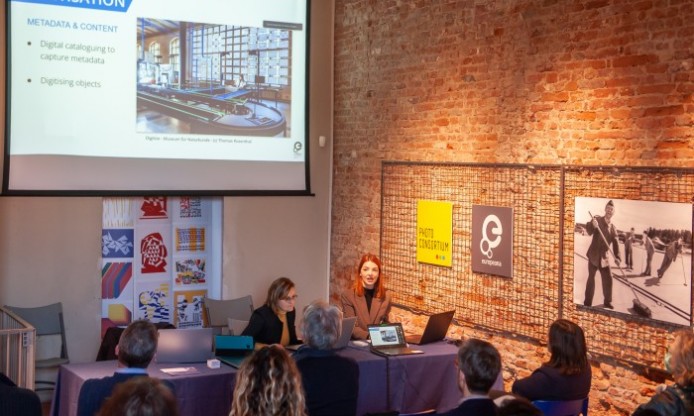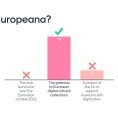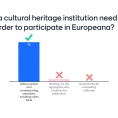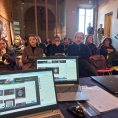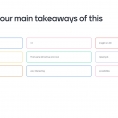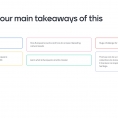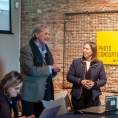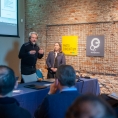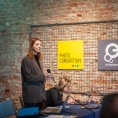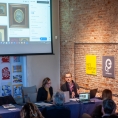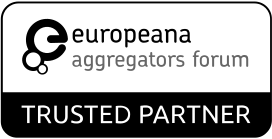All photos in this post are by Rudy Pessina.
Organized by Photoconsortium in collaboration with Europeana Foundation, this training session was dedicated to cultural heritage institutions who don’t know or know little about Europeana but would like to hear more and discover how to participate. The training was organized as part of the European Data Space for Cultural Heritage project that supports capacity building in the digital transformation of the cultural heritage sector.
The training focused on various aspects:
- understanding the process of aggregation, the quality requirements of the Europeana Publishing Framework, the open access approach and the copyright challenges on protected content
- learning about best practice and recommendations on 3D digitization, also mentioning the EU funded Vigie Study 2020/654 about quality in 3D digitized cultural heritage
- exploring how the collections can be promoted and made more visible and reusable, especially in the context of education and research.
The event was concluded with a short post-session interactive survey.
This hybrid event took place in Pisa at Museo della Grafica with ca. 25 participants from Pisa Cultural Heritage Institutions, University of Pisa and other heritage and cultural professionals, and via Zoom with a peak of 48 attendees online.
Invito (PDF, 552 Kb)
AGENDA AND PRESENTATIONS
_ Greetings from the Museum of Graphics’ Director, Prof. Alessandro Tosi, University of Pisa, and from the Local Authorities
_ Welcome and scope of the workshop, by Antonella Fresa, Photoconsortium (PDF)
_ Europeana Publishing Framework, aggregation of 2D and 3D content, by Ilektra Osmani, Europeana Foundation (PDF)
_ Copyright challenges and protected content, by Ariadna Matas, Europeana Foundation (view presentation)
_ Challenges and experiences in 3D digitization of daguerreotypes, by David Iglésias Franch, CRDI (read the case study)
_ Collections reuse and visibility in Europeana, storytelling, writing editorials, by Valentina Bachi, Photoconsortium (PDF)
This action and blog are part of the European Data Space for Cultural Heritage activities, financed by the Digital Europe Programme of the European Union.

